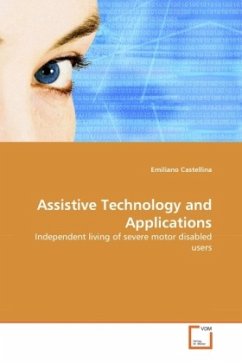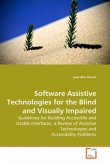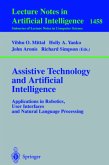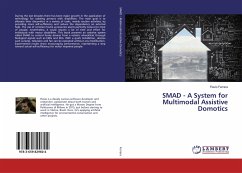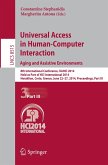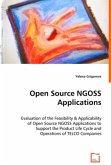Some chronic degenerative diseases lead to communication problems and individual confinement. The progressive and total loss of motor functions induces in these patients anatrhria, i.e., inability of using the normal Augmentative and Alternative Communication systems (AAC), and also the impossibility of interacting with their surrounding environment. In patients affected by ALS and MS, even if other communication forms are damaged or lost, the ability of controlling eye movements is typically maintained. The eye trackers are able to determine the direction of the user's gaze and to use it as an input channel. Communication instruments based on eye-tracking are for some patients a possible solution, both to have a useful communication with family members or at longer distance, using Internet, and for the possibility to control the home environment using a computer controlled by their eye movements. This book tackles, even if in partial and limited way, the communication and independence needs of severe motor disabled persons.
Bitte wählen Sie Ihr Anliegen aus.
Rechnungen
Retourenschein anfordern
Bestellstatus
Storno

